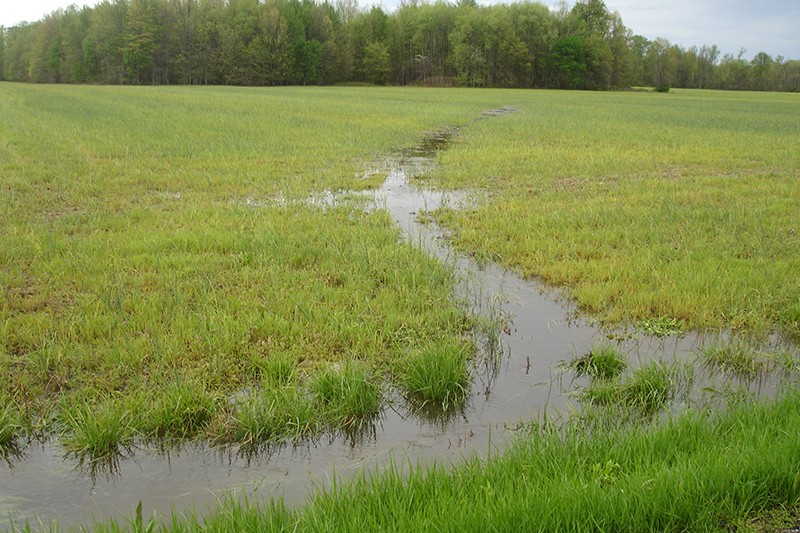by Greg Walcher, E&E Legal Senior Policy Fellow
As appearing in the Daily Sentinel
Twenty-three states have now sued the EPA over its so-called “Waters of the United States” (WOTUS) rule, because once again, the agency is asserting federal authority over water not covered under the law. The lawsuit says the rule “goes beyond the power Congress delegated in the Clean Water Act, raises serious constitutional concerns, and runs roughshod over the Administrative Procedure Act.”
This is eerily familiar. It is the latest round in a decade-long litigation saga, chronicling an unrelenting onslaught of federal control over private property. The new legal case is different, only in the sense that we already know the outcome, because we have already seen it. What a mess.
When the Obama EPA first published its onerous new “interpretation” in 2015, it essentially proclaimed federal jurisdiction over every creek, pond, ditch, puddle, and parking lot drain in the country. It would have subjected to EPA jurisdiction all activity that touches any water — a vast expansion of federal jurisdiction under the Clean Water Act, which explicitly applies to America’s major rivers, bays, and oceans.
Colorado led the 2015 legal challenge, joined by half the other states, and a federal Court of Appeals blocked WOTUS implementation in those 26 states, ruling that EPA had exceeded its statutory authority — a huge victory for western water rights. However, a different federal court disagreed, resulting in a WOTUS rule blocked in 26 states, still in effect in 22 others, and a controversial 2016 campaign issue.
After that election, the new administration’s EPA withdrew the 2015 rule and issued new guidelines known as the Navigable Waters Protection Rule, essentially returning the earlier understanding of federal jurisdiction over waters that are contiguous to major navigable waterways.






